
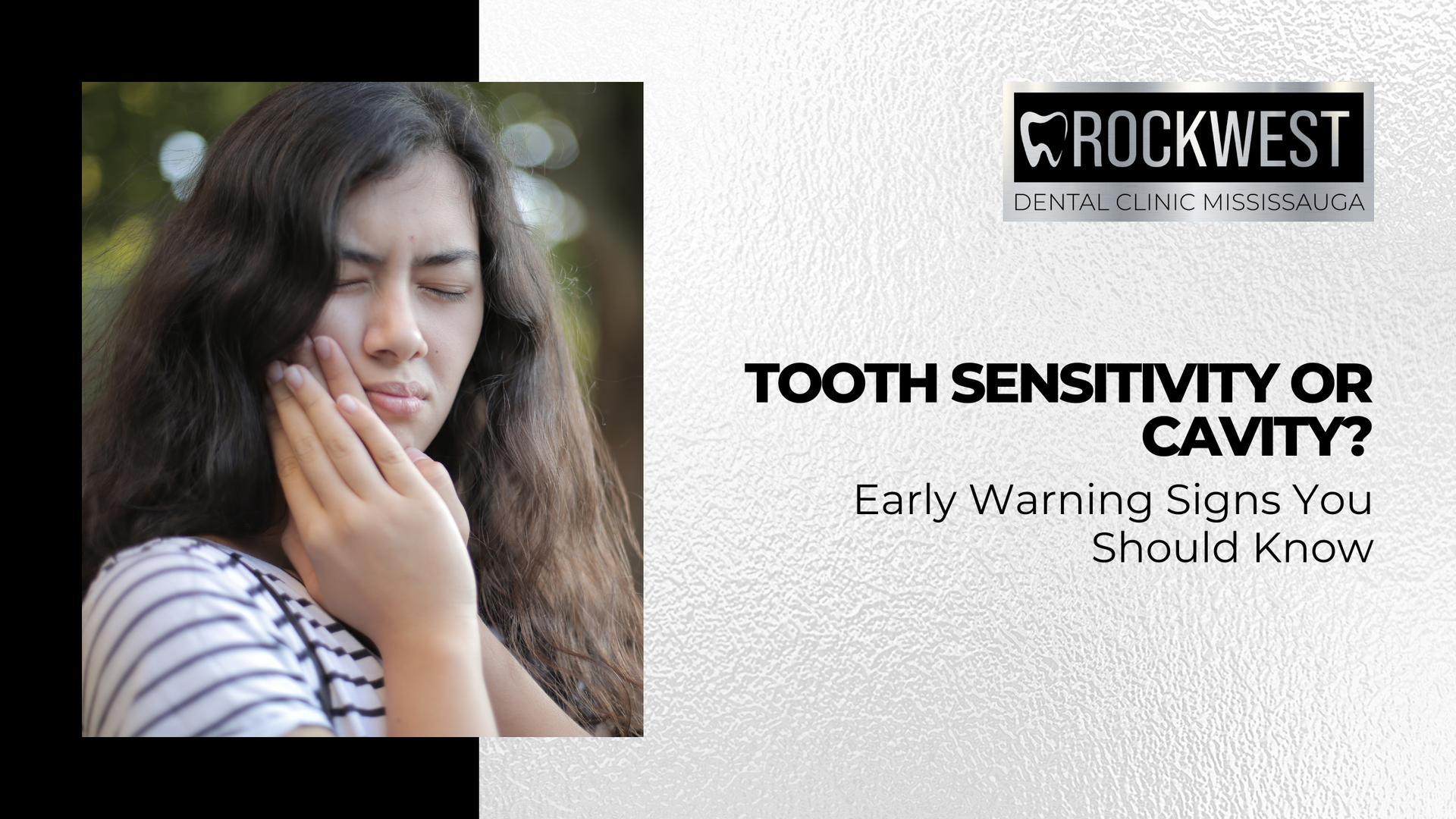
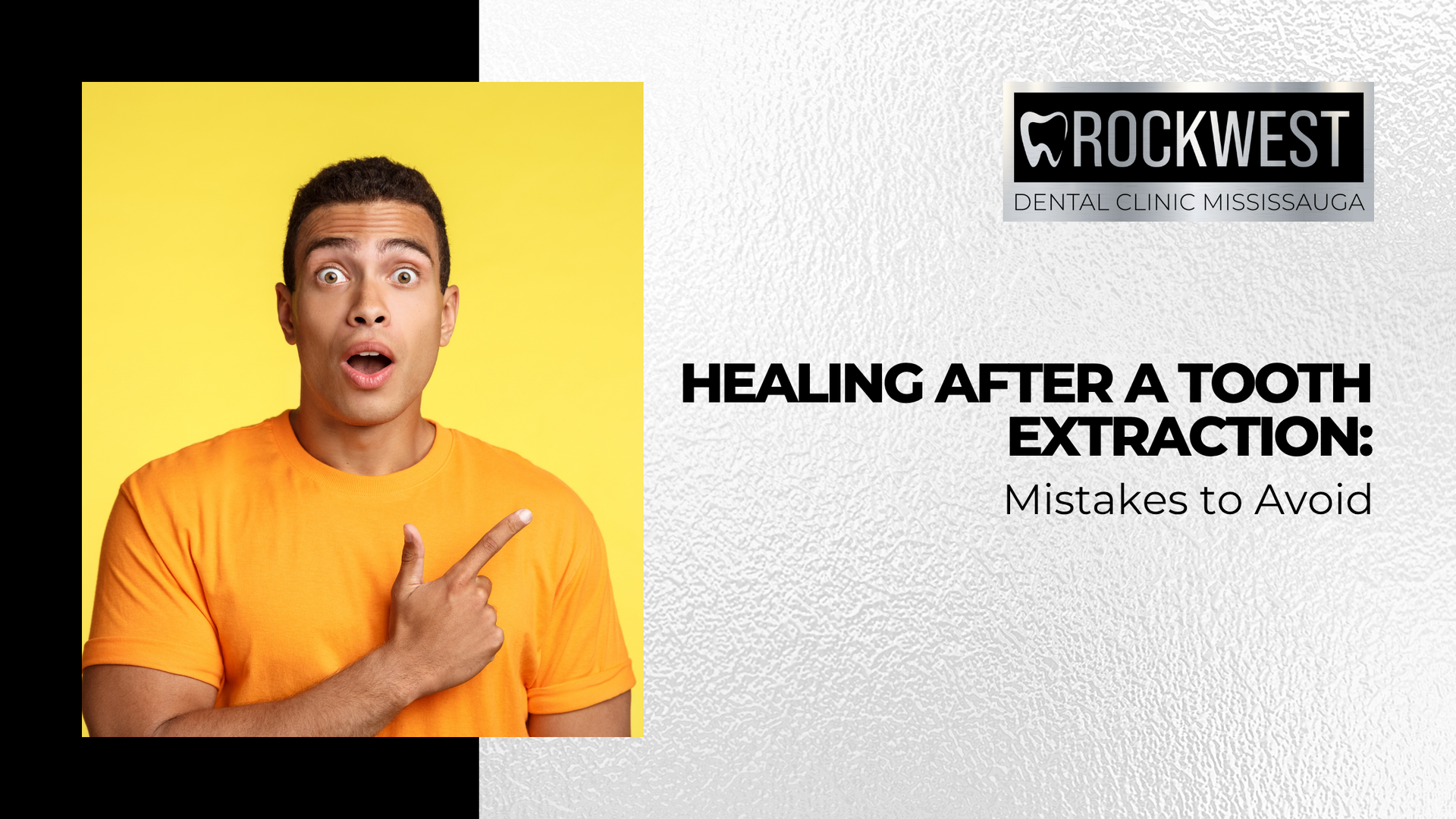
What Does a Cavity Feel Like? Understanding The Signs & Symptoms
Rockwest Dental Clinic Mississauga • November 1, 2024
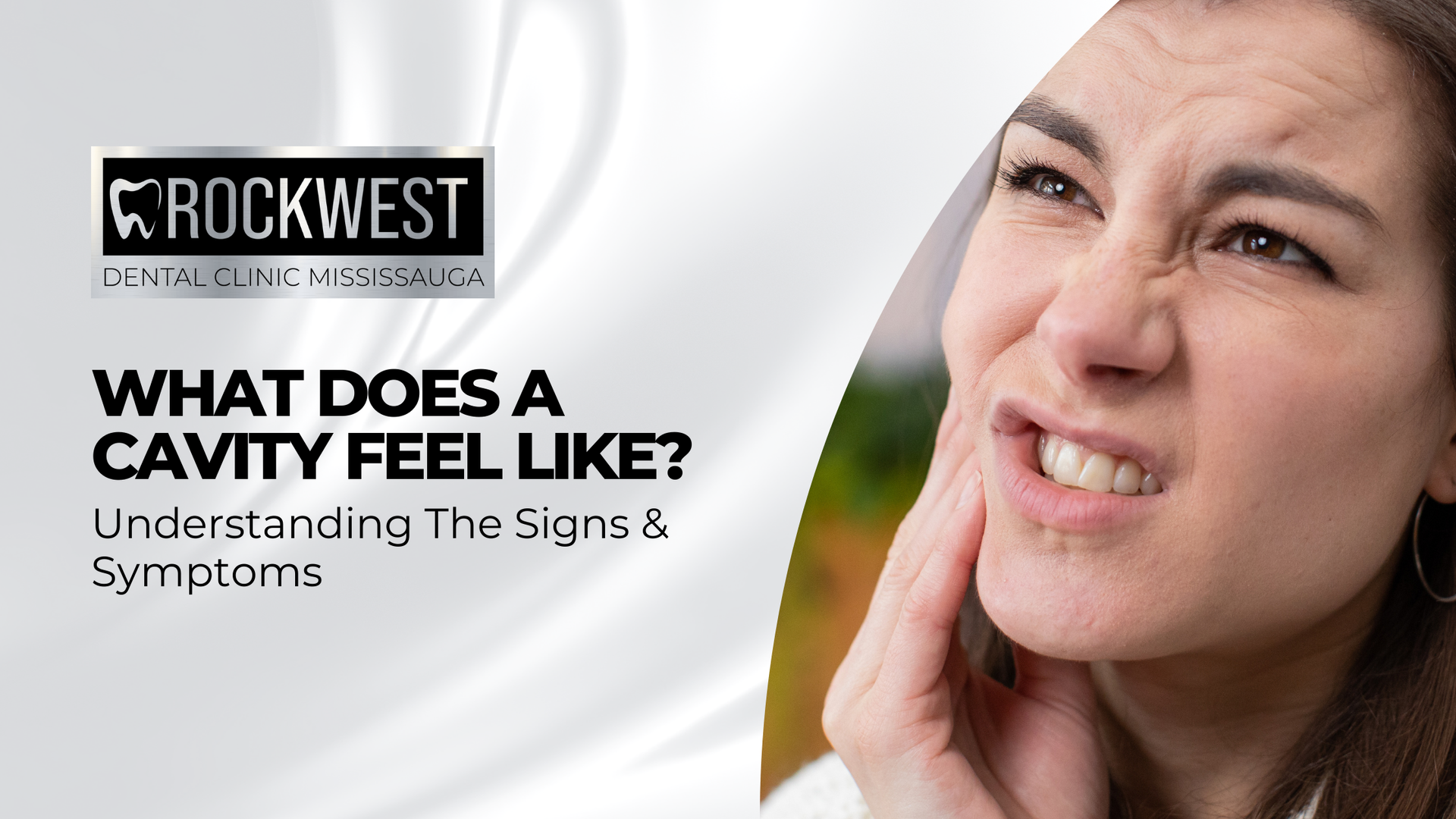
Source: Dr. Marketing
The main cause of cavities is dental caries. Caries is a common worldwide health problem that affects 60% - 90% of children during the school period. The causes and physiology of dental caries must be well studied in order to manage the condition.
What Is A Cavity?
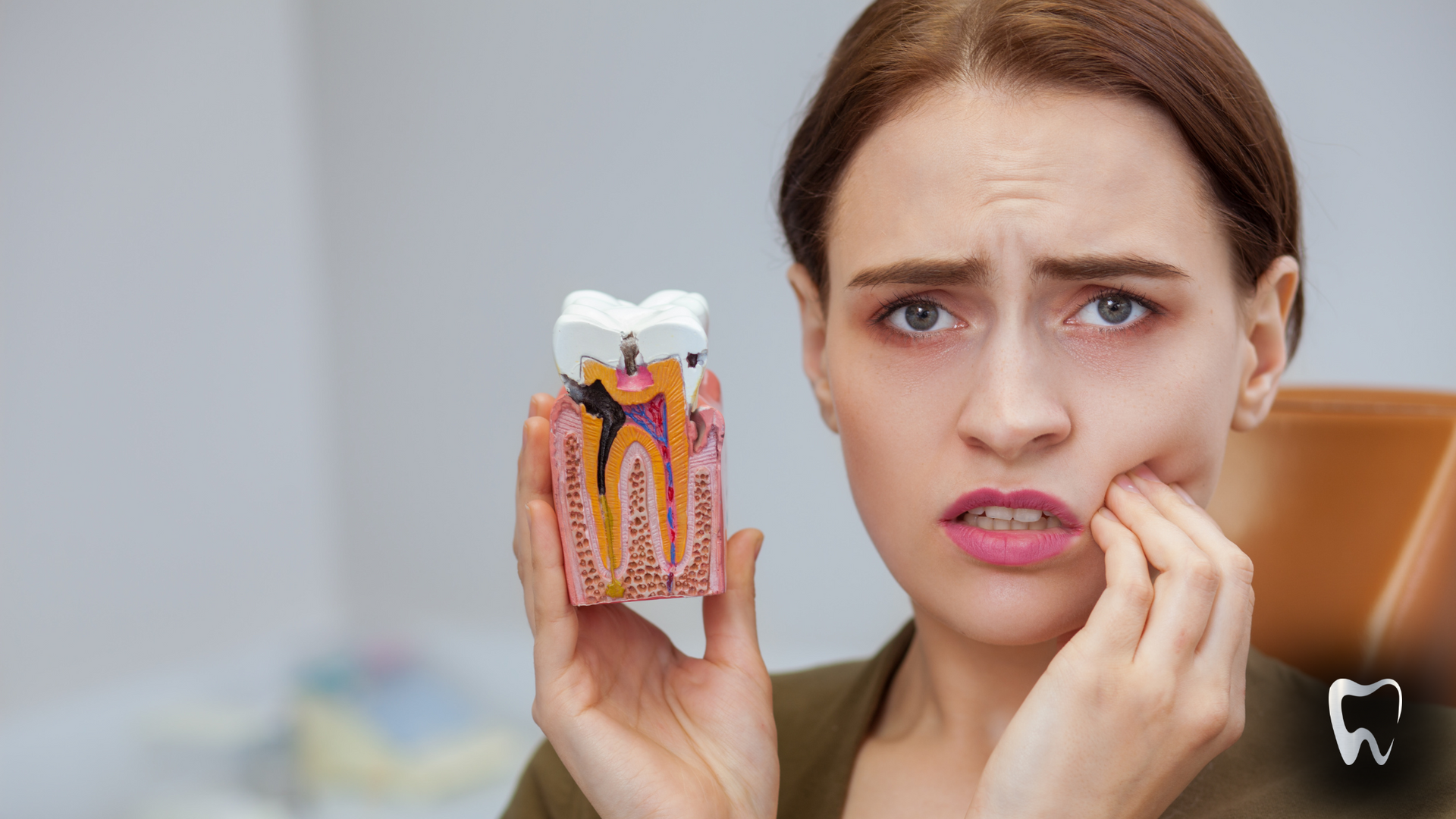
A dental cavity is a hole that forms in the tooth due to the process of dental caries, which involves the decay of tooth structure. It is caused by bacteria that produce an acidic environment by fermenting (metabolizing) carbohydrates. This acidic environment erodes the tooth and over time, causes tooth decay. Dental caries is one of the most common oral cavity diseases that causes dental pain.
Signs and Symptoms of Cavities
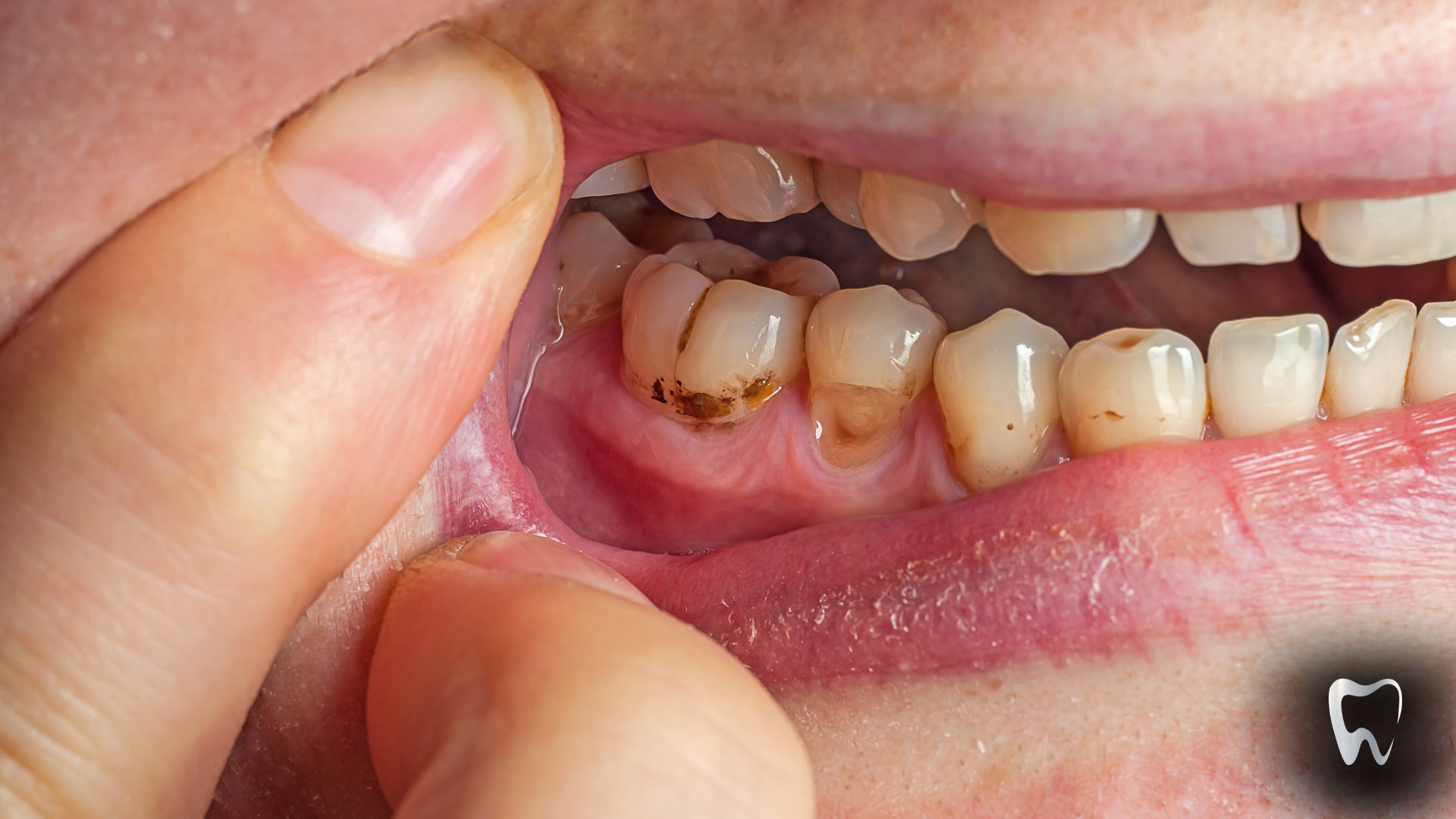
Initial Stage Decay
During the initial stages of tooth decay, a cavity might not produce noticeable symptoms. The enamel, which is the hard, outer layer of the tooth, can withstand a fair amount of wear before sensitivity or pain occurs. During this phase, demineralization (the loss of minerals from the enamel) begins, but it may not cause any discomfort.
The initial enamel caries is a nonactivated lesion. It appears as a white spot lesion (chalky white) or brown discoloration on the enamel. The lesion at this stage is asymptomatic because the caries is still in the non-sensory part of the tooth: enamel. However, these symptoms can be correlated to other conditions, and therefore, the patient must visit their dentist for an accurate diagnosis.
Moderate Decay (Shallow Cavitation)
If caries are left untreated, advanced symptoms will start to appear over time:
- Formation of small holes (cavitation) on enamel.
- With further progression and mineral loss for enamel, the next layer (dentin) will start to appear under the enamel as a dark shadow. However, the dentin itself will remain unexposed, and oftentimes, the patient does not complain of dental pain at this stage.
Advanced Decay
- As more minerals are lost from the tooth, the enamel around the affected area begins to erode, exposing the dentin, which is sensitive to stimuli. At this stage, patients typically experience dental pain. In advanced cases, the cavity deepens and nears the pulp, the inner part of the tooth containing nerves and blood vessels. Reversible pulpitis can sometimes be managed with a filling if decay is removed early. However, if the pulp is severely inflamed, a root canal may be necessary 3 .
- At this stage, the patient can complain of a sharp pain that occurs when there is a trigger. i.e. when the tooth is exposed to a stimulus (cold, hot, sweet, or acidic foods and drinks). Also, this pain disappears immediately after removing the stimulus. The patient may also feel discomfort when biting and chewing.
- As the cavity progresses, it reaches the pulp, causing irreversible inflammation. This leads to spontaneous, persistent pain that may wake the patient at night. Root canal treatment is often the only solution at this stage. If untreated, an abscess may form.
Pathogenesis: How Does Cavity Occur?
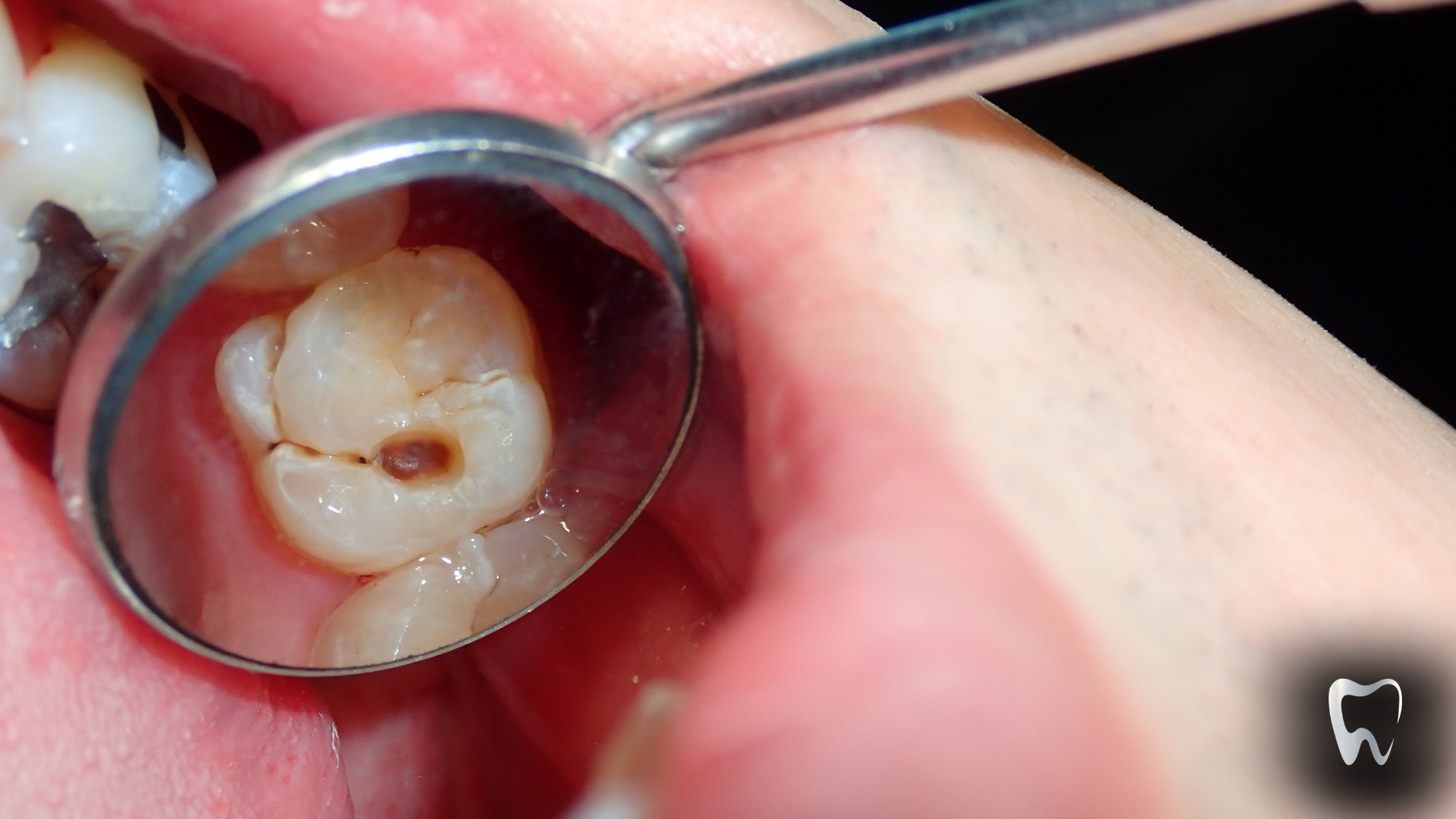
Initial Enamel Caries
Caries is a dynamic process that begins with subsurface demineralization, progressing from the enamel subsurface towards the dentin and pulp. Initially, enamel caries manifest as a “translucent zone,” which represents the first subsurface changes in the enamel due to the demineralization process. During this stage, there is a loss of 1% to 2% of minerals, but the surface of the enamel remains intact.
As the acids penetrate further, the translucent zone advances deeper into the enamel, exposing previously affected subsurface areas to increased acid attack and further mineral loss. This results in the formation of a “dark zone,” characterized by additional demineralization.
With continued mineral loss, the lesion progresses deeper, forming the “body of the lesion,” which represents the largest portion of initial enamel caries and shows the greatest mineral loss, ranging from 25% to 50%. Despite these changes, the enamel surface remains intact and is referred to as the “surface zone.” This zone demonstrates hypermineralization, with the surface layer preserving its integrity despite the underlying demineralization.
Cavitation
As caries progress, they eventually reach the dentin. Upon reaching the dentino-enamel junction, the acids begin to spread laterally, initiating a phase known as “secondary enamel caries.” During this phase, demineralization beneath the enamel occurs, leading to a separation between the enamel and dentin. Consequently, the enamel becomes unsupported and undermined, diminishing its ability to withstand occlusal forces and loads, which ultimately results in the formation of a cavity. If left untreated, the demineralization will continue to extend into the dentin, thereby enlarging the cavity.
Various Complications of Untreated Cavities

Dental Abscess
If left untreated, the infection can progress to the apex of the tooth, leading to periapical inflammation and subsequently, a dental abscess. In cases of periapical inflammation (periapical periodontitis), patients typically report pain upon percussion of the affected tooth.
If the pulp is acutely inflamed (acute irreversible pulpitis), patients may experience pain when biting, on percussion, and in response to hot and cold stimuli, which can even disturb their sleep. In the event of a periapical abscess, an intraoral swelling associated with the affected tooth is likely to develop. In more severe cases, systemic symptoms such as facial cellulitis and fever may also arise.
Dental Calculus (Tartar)
One of the most common consequences of plaque accumulation is the formation of dental calculus. If the patient does not remove the dental plaque, it will accumulate further and in time, be calcified and form dental calculus 5 . Dental plaque and dental calculus can trigger gum inflammation (gingivitis).
Gingivitis
The bacteria present in dental plaque not only impact the teeth but also the gums. The toxins produced by these bacteria irritate the gum tissue, leading to inflammation. As a result, the color of the inflamed gums changes from its normal coral pink to red.
Periodontitis
If gingivitis is left untreated, the inflammation can progress deeper, destroying the supporting tissues around the tooth and leading to the formation of periodontal pockets. As the condition advances, gingival recession may occur, causing the tooth to become loose and mobile. Ultimately, this progression can result in tooth loss.
Halitosis (Bad Odor)
Bacteria in dental plaque can contribute to halitosis, or bad breath. This connection explains why patients with plaque, calculus, and dental caries often experience unpleasant oral odors.
When To See A Dentist
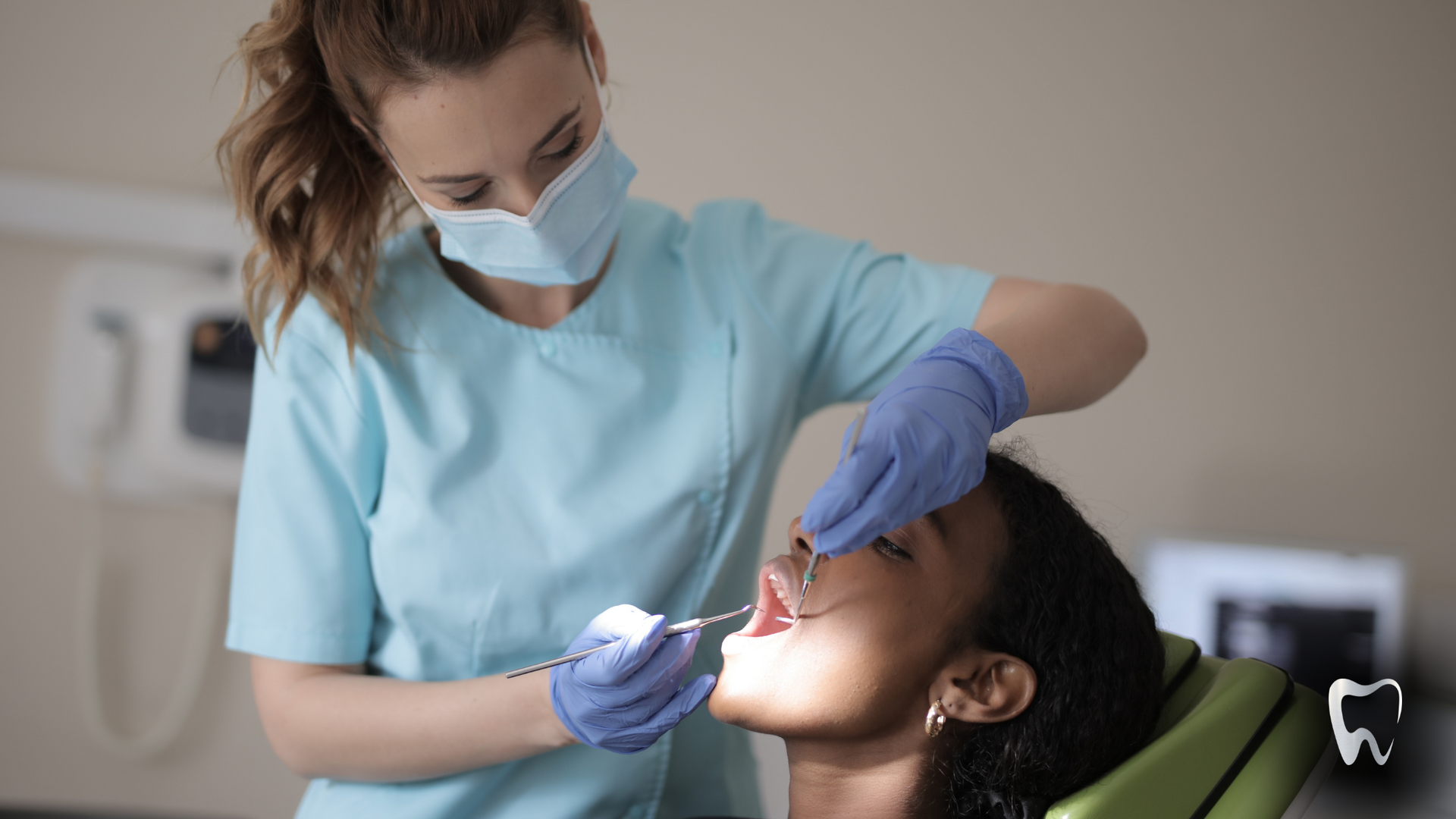
It is important for the patient to visit their dentist periodically every 3 to 6 months to check if there is any asymptomatic disease that is starting to initiate in the oral cavity. However, the patient should visit the dentist if he notices any signs and symptoms that were discussed previously. It is important to mention that the earlier the disease is noticed and treated, the better the future treatment results and the less invasive the treatment is.
Treatment Options For Cavities
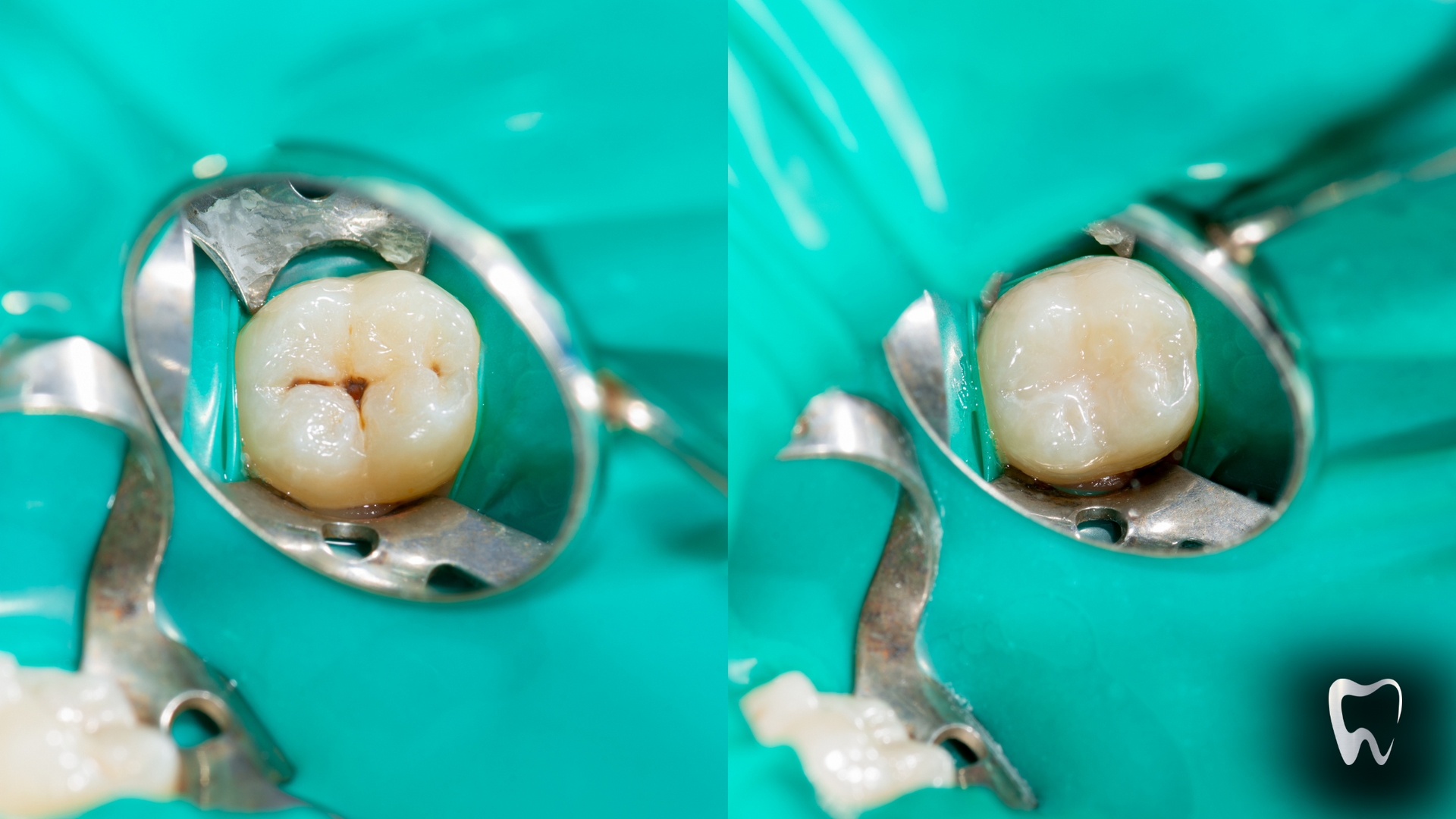
Initial Enamel Caries
At this stage, if the progression of caries has ceased and remineralization is achieved, it is possible to restore the lost minerals in the enamel. This can be facilitated through the use of fluoride-rich toothpaste, which aids in the reabsorption of minerals.
Cavitated Enamel/Dentin Caries
Once the cavity occurs, it becomes irreversible, and therefore, the best way to replace the missing cavitated part of the tooth is by a dental filling in a professional dental clinic.
Reversible Pulp Inflammation (Reversible pulpitis)
The pulp can remain vital if the caries is removed and the cavity is filled by a dental restoration.
Irreversible Pulp Inflammation (Irreversible Pulpitis), and Periapical disease
There are several ways to treat pulpitis. However, the most famous way is by endodontic treatment (complete Root Canal Treatment [RCT]). If the periapical disease is a result of caries, it is treated also by RCT 6 .
Get Professional Assistance For Cavities

The experience of a cavity can vary from mild discomfort to sharp, persistent pain, often exacerbated by certain foods or temperatures. Early symptoms might include sensitivity, pain when chewing, or visible discoloration on the teeth. If you suspect you have a cavity, it’s crucial to seek professional dental care promptly to prevent further damage and restore your oral health.
At Rockwest Dental Clinic Mississauga, we offer comprehensive dental services and expert advice to address cavities and other dental issues. Our skilled team is dedicated to providing personalized care to help you maintain optimal oral health and ensure your smile stays bright and healthy. Schedule a visit with us today for a thorough examination and tailored treatment plan.
References
- Anthonappa, R. P., & King, N. M. (2019). Oral and Dental Manifestations in Noonan Syndrome. Noonan Syndrome, 135–158.
- Silk, H. (2014). Diseases of the Mouth. Primary Care: Clinics in Office Practice, 41(1), 75 90.
- Selwitz, R. H., Ismail, A. I., & Pitts, N. B. (2007). Dental caries. The Lancet, 369(9555), 51–59.
- Yip, K., Smales, R. Oral diagnosis and treatment planning: part 2. Dental caries and assessment of risk. Br Dent J 213, 59–66 (2012).
- Marsh PD, Bradshaw DJ. Dental plaque as a biofilm. J Ind Microbiol. 1995;15(3):169-175.
- Piattelli, Adriano & Traini, Tonino. (2007). Diagnosis and managing pulpitis: reversible or irreversible?. Practical procedures & aesthetic dentistry: PPAD. 19. 254-6.
The post What Does a Cavity Feel Like? Understanding The Signs & Symptoms appeared first on Rockwest Dental Clinic Mississauga.









